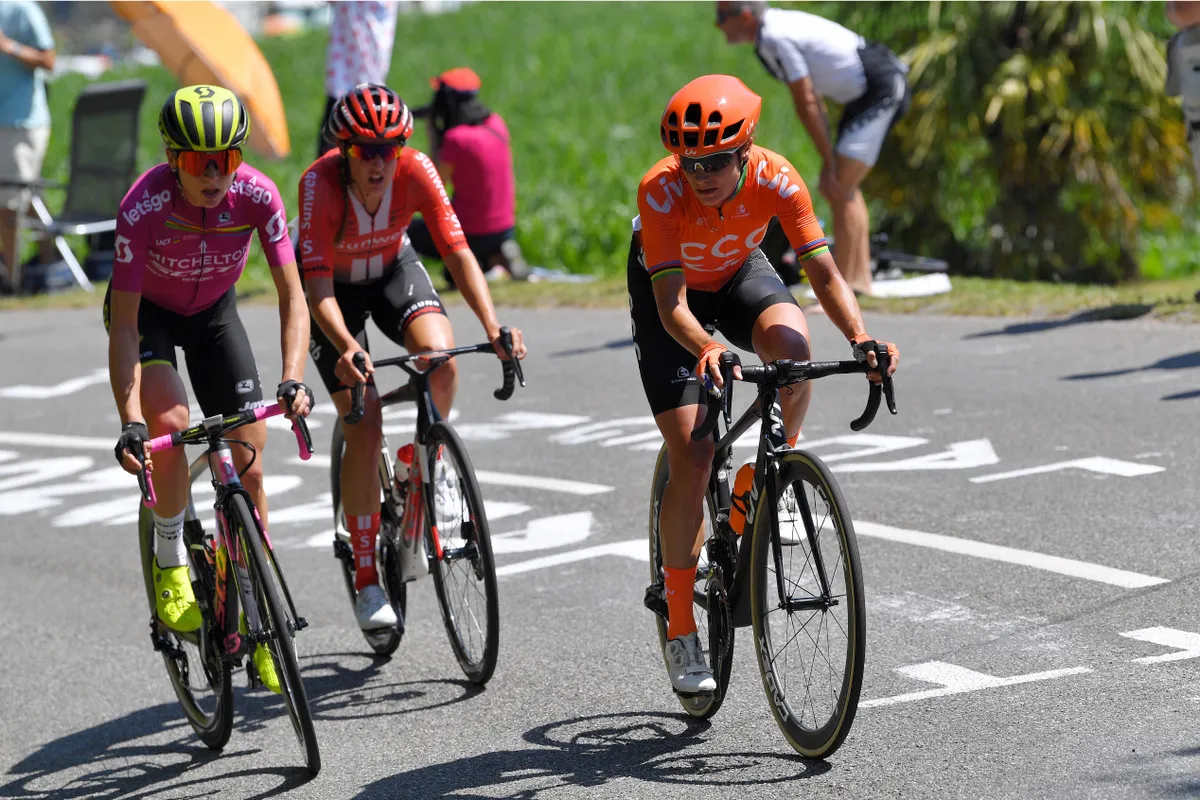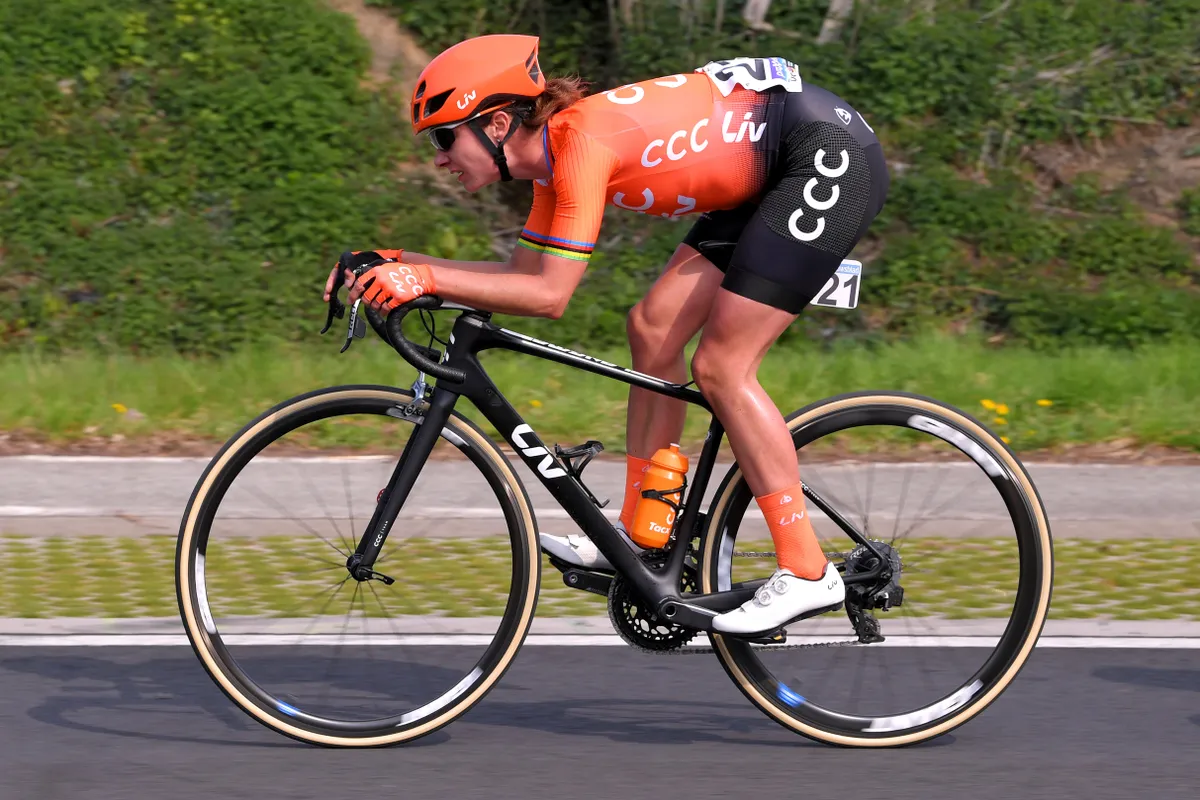The Tour de France is the pinnacle of the sport, not just for riders vying for the yellow jersey but manufacturers putting their wares in front of an audience of millions.
In fact, we love the Tour almost as much for its tech as we do for the exploits of riders on the road.
Here, the BikeRadar team shares its favourite Tour de France bikes from years gone by – machines that paved the way for future Tour tech or, quite simply, looked damn cool.
Our choices focus on the modern-ish era because that's where we've seen many of the innovations that characterise today's bikes (or they're bikes we have first-hand memories of).
What's your favourite Tour de France bike? Let us know in the comments at the bottom of the article.
Greg LeMond’s 1989 Bottecchia with aero bars
George Scott | Editor-in-chief

To describe a tech moment as game-changing is perhaps a cliché but Greg Lemond’s equipment choices at the 1989 race undoubtedly started a new era for Tour de France tech.
LeMond’s decision to use aero bars – a first at the Tour de France – in the race’s two time trials not only brought aerodynamics to the fore in professional cycling, but effectively won him the race.
Having won the first time trial in the race, the American famously overturned Laurent Fignon’s 50-second advantage on the final stage – another race against the clock – to take the title by eight seconds.
LeMond rode a steel Bottecchia on the Champs-Élysées course, hunkered down on its U-shaped bar (except when sprinting out of the saddle) to cheat the wind and secure the second of three Tour de France wins.
While today's time trial bikes are a far cry from LeMond's Bottecchia, aerodynamics now influence almost every equipment choice in the pro peloton, from frames and components to clothing and helmets.
Chris Boardman’s 1994 Lotus 110
Simon Bromley | Technical writer
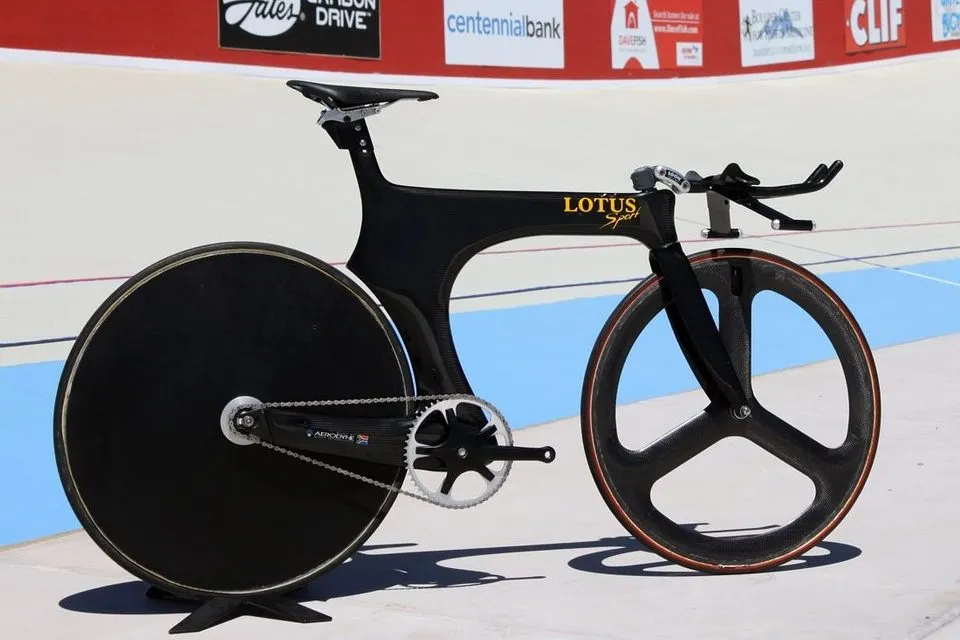
Perhaps the most iconic time trial bike in the history of road cycling, Chris Boardman’s Lotus 110 still has the power to wow.
A road version of Boardman’s famous Lotus 108 track bike, the 110’s carbon monocoque frameset was so advanced that you could drop it into today’s Tour and it would still look like something wild from the future.
The only issue would be that today’s chunky wheels and tyres wouldn’t fit in it.
Of course, part of what makes it so iconic – especially to us Brits – is that Boardman used it to take the yellow jersey by annihilating the field in the prologue time trial at the 1994 Tour de France.
Covering the 7.2km distance at a record average speed of 55.152kph (which stood until 2015), Boardman even caught his minute man, Luc Leblanc – who, deliciously, had previously belittled Boardman’s 1993 hour record.
A plethora of bold designs spawned in response to the efforts of Lotus, Boardman, Graeme Obree and the like, until the UCI introduced the Lugano Charter in 2000 and spoiled the party.
But, in this writer’s opinion, the Lotus 110 remains the most elegant and iconic bike of that era.
Miguel Indurain's 1995 Pinarello
Stan Portus | Digital writer
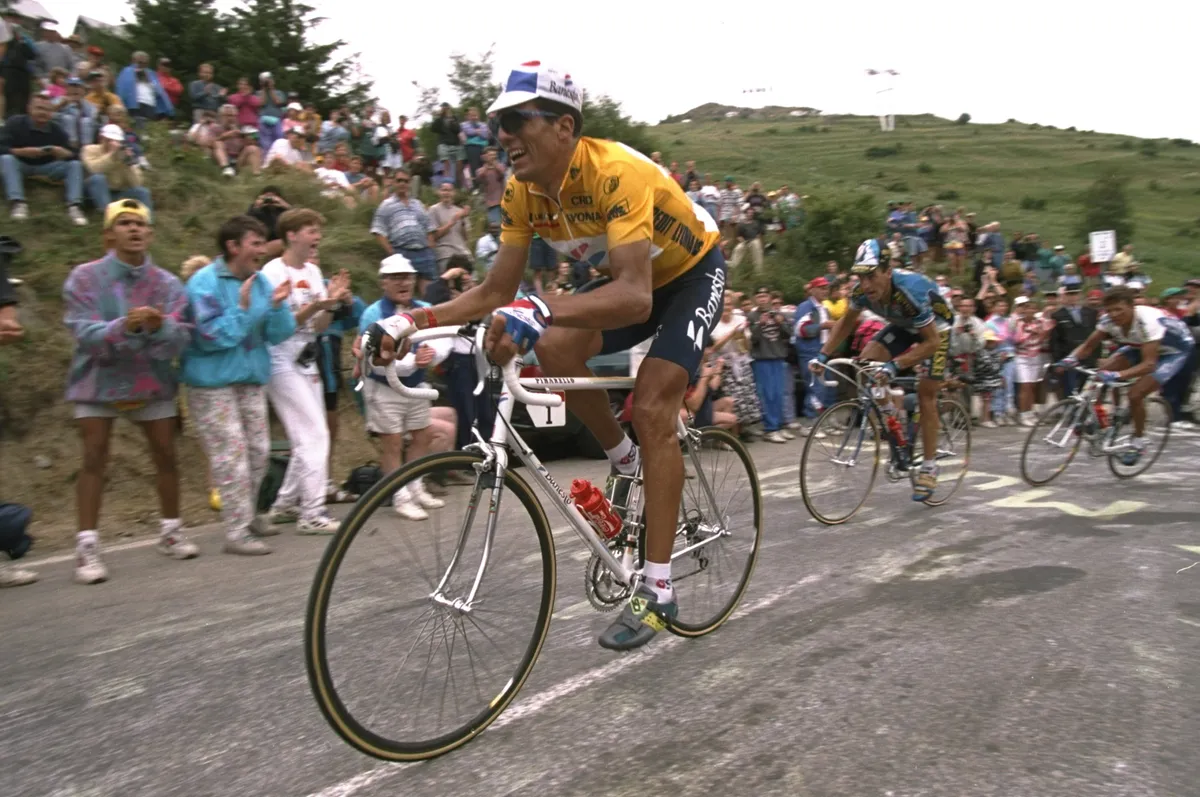
Many bikes that are considered cool can be classified as exceptions to a particular rule. They are often machines that break the status quo and mark the beginning of a new period of cycling tech, regardless of whether the bike itself actually sticks around.
Miguel Indurain’s 1995 Pinarello doesn’t follow this pattern. In fact, its coolness comes from the fact that it was the last of its kind: the final steel road bike to win the Tour de France.
Indurain dominated the world of professional cycling in the first half of the nineties, winning every edition of the Tour from 1991 to 1995.
While his style of riding – winning the time trials and defending the yellow jersey in the mountains – feels like a prelude to modern Grand Tour racing, his bike feels like the perfect coda to a period of cycling that we’ll never see again.
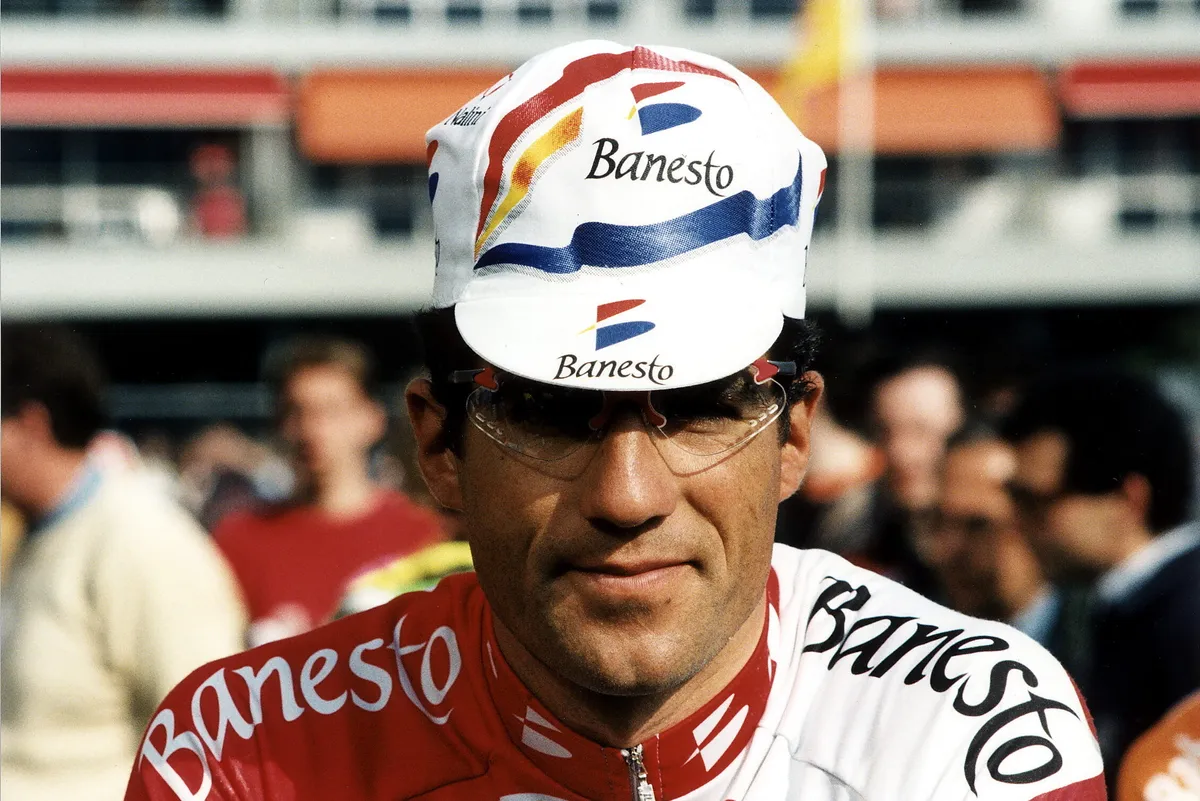
His Pinarello is claimed to have been custom-built by the legendary Dario Pegoretti in Italy, with a TIG-welded frame that matched Indurain’s tall stature.
Kitted out with a full Campagnolo groupset, Indurain typically ran 53-39 chainrings paired with an 11-23 cassette on the back – a gear ratio that, today, might inspire dread and admiration in equal measure.
When it comes to looks, Indurain’s bike had the Team Banesto colours running across the tubing in that classic '90s effect, a gradient.
The decade might be associated with garish colourways and louder than loud patterns, but Indurain’s bike is a fine example of how nineties styling could be playful yet refined.
There might be little carryover from Indurain’s bike to the pro bikes we see today (except maybe the integrated shifters), but if one thing could persist, in this writer’s eyes, it’s what we can learn from that paintwork.
Mario Cipollini’s 1999 Cannondale CAAD4
Warren Rossiter | Senior technical editor

The Saeco-era Cannondales, with their bright tomato red livery and yellow graphics, were iconic in their own right, but for the '99 Tour Mario Cipollini had a custom white and gold edition, on which he set records with four back-to-back stage wins.
In anticipation of Cipo’s success, Cannondale even provided mitts with the company's logo emblazoned on the palm, so no one would forget what bike he was riding when Cipollini held his arms aloft.
The reason for the new colour? To celebrate Julius Caesar’s birthday (12 July) – Cipollini even dressed as the Roman emperor, replete with toga and a golden laurel wreath on his head, during the race and the team wore a limited-edition white and gold kit on stage nine.
The bike was Cannondale’s own blend of aluminium (based on 6061 T6) for the CAAD4 and it ran on Campagnolo’s 9-speed Record titanium groupset.
The Magic Motorcycle cranks (branded CODA) are the precursor to Cannondale’s superlight SiSL2 cranks of today, and Cipollini ran Stronglight chainrings in a big 53/42t pairing.
Upfront, there was a Cinelli Integralter one-piece bar and stem.

The Cannondale Saeco team used wheels from both Spinergy and Mavic at the time and, for this bike, Cipollini chose first-generation Mavic Cosmic Carbone tubulars.
Super Mario rode this bike for the first seven stages, winning four in the process (and posting the then-fastest ever Tour stage in the process) ahead of the individual time trial. Cipollini quit the race and headed for the beach when the mountains arrived on stage nine.
Aside from what was a stunning bike, I think this CAAD4 shows what the modern Tour has been missing: proper personalities, theatre to match the drama of racing and proper special-edition bikes for publicity and grabbing headlines.
Cipollini wasn’t just a masterful sprinter, he was the ultimate showman and this bike matched his showmanship.
Lance Armstrong’s original Trek Madone
Matthew Loveridge | Senior writer
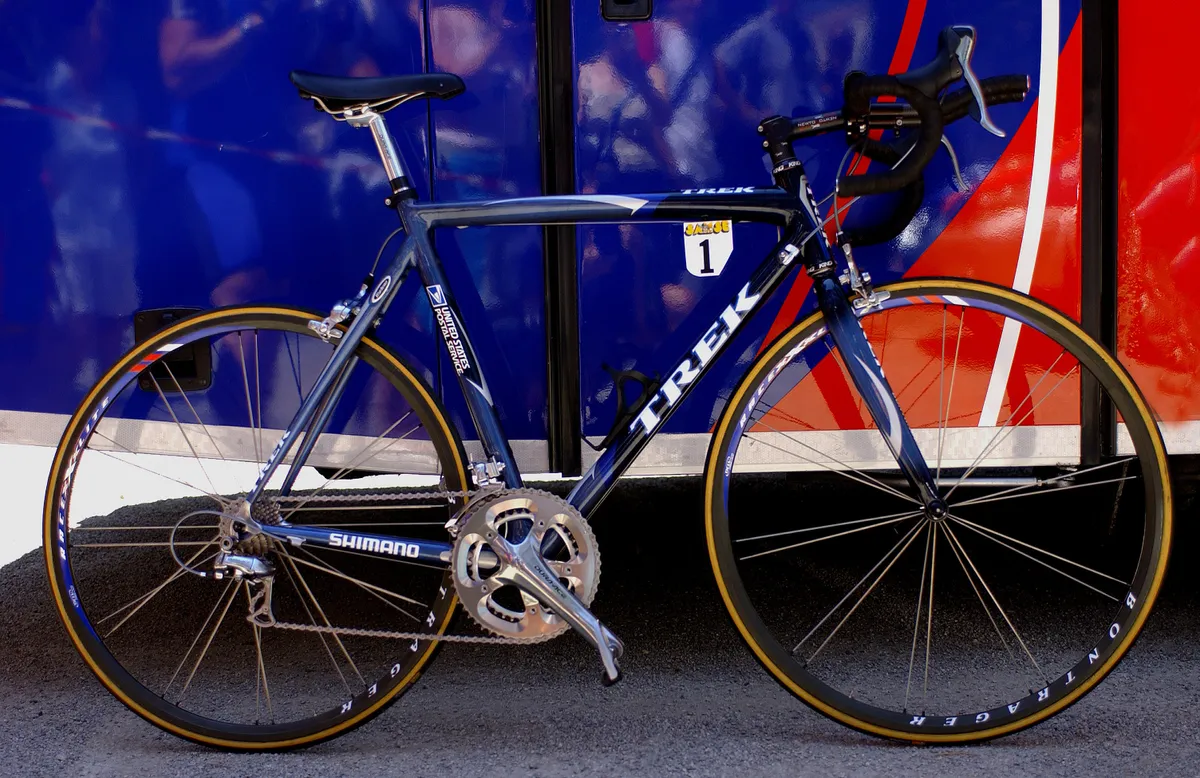
Following on from the Trek 5000-series that Lance Armstrong took his (heavily-asterisked) first Tour victories on, the Madone is arguably the most famous bike of the last two decades.
It'd be a stretch to call it my favourite Tour bike, but I don’t think there’s a machine that epitomises mid-2000s pro cycling better than a Trek in U.S. Postal Service colours.
The original Madone 5.9 debuted at the 2003 Tour and it was more of a refinement of its predecessor, the 5900, than an all-new bike.
It was named for the Col de la Madone in France – not a climb used in races, but rather one that Armstrong favoured to test his form.
Compared to today’s bikes, and even the more curvaceous second-gen Madone that followed, the OG bike is relatively traditional looking, with a horizontal top tube and external headset.

At the same time, it sported Bontrager carbon tubular wheels (albeit super-skinny, low-profile ones) and then brand-new Shimano Dura-Ace 7800 components.
The eagle-eyed will note that this isn’t actually Armstrong’s Tour bike, it’s one set up for a mountain time trial in the 2004 Critérium du Dauphiné, hence the aero bars.
If you look really closely, there’s also a weight-shaving down tube shifter for the front derailleur – a favourite Armstrong mod if you believe the lore.
For such a lightweight bike, it’s one with a lot of baggage…
Frank Schleck’s 2006 Cervélo Soloist SL-C SL
Warren Rossiter | Senior technical editor
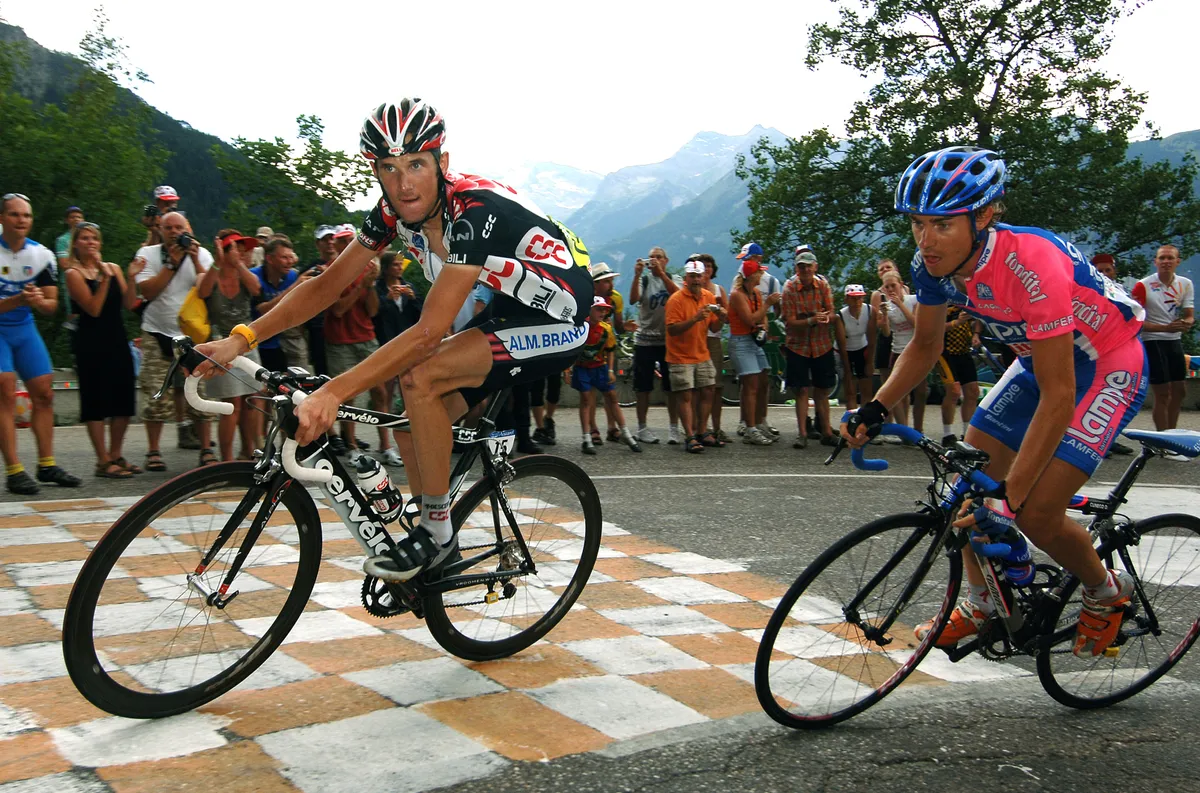
Okay, I'm cheating here with two entries but Cervélo basically invented the aero-road bike so, as well as Mario Cipollini's Cannondale CAAD4, I'm nominating Frank Schleck's 2006 Soloist SL-C SL.
Sure, brands like Cinelli had the Laser much earlier but that was aero-styled rather than scientifically engineered to be aerodynamic.
In the aluminium era, aero tubes were more like round tubes ‘squashed’ into an aero shape. Cervélo, with the original Soloist, used NACA profiles to define the shape, and when it came to carbon, the Canadian brand adapted the Soloist design brilliantly.
By the time Team CSC and Frank Schleck got to ride the SL-C SL, Cervélo had managed to extract more than 200g from the standard SL-C (when we tested the frame back in 2007 it weighed a still-impressive 994g in a 58cm).
That made it not only the most aerodynamic bike in the 2006 Tour, but also one of the lightest (it tipped the scales at 6.9kg complete, just 100g over the UCI limit).
On stage 15, Schleck and his Soloist went head-to-head with Danielo Cunego through the 21 hairpins of Alpe d'Huez. When Schleck attacked 3km from the finish I’d like to think that the added aero of the Soloist gave him the edge, especially when he could have chosen the lighter Cervélo R3 for the mountain stages.
The Team CSC bikes used Shimano Dura-Ace with FSA K-Force chainsets, along with FSA bars and stems, Zipp aero wheels and True Temper’s Alpha Q fork. Remember when bikes used forks that weren’t specific to the frame?
Vincenzo Nibali’s 2016 S-Works Tarmac
Jack Luke | Deputy editor
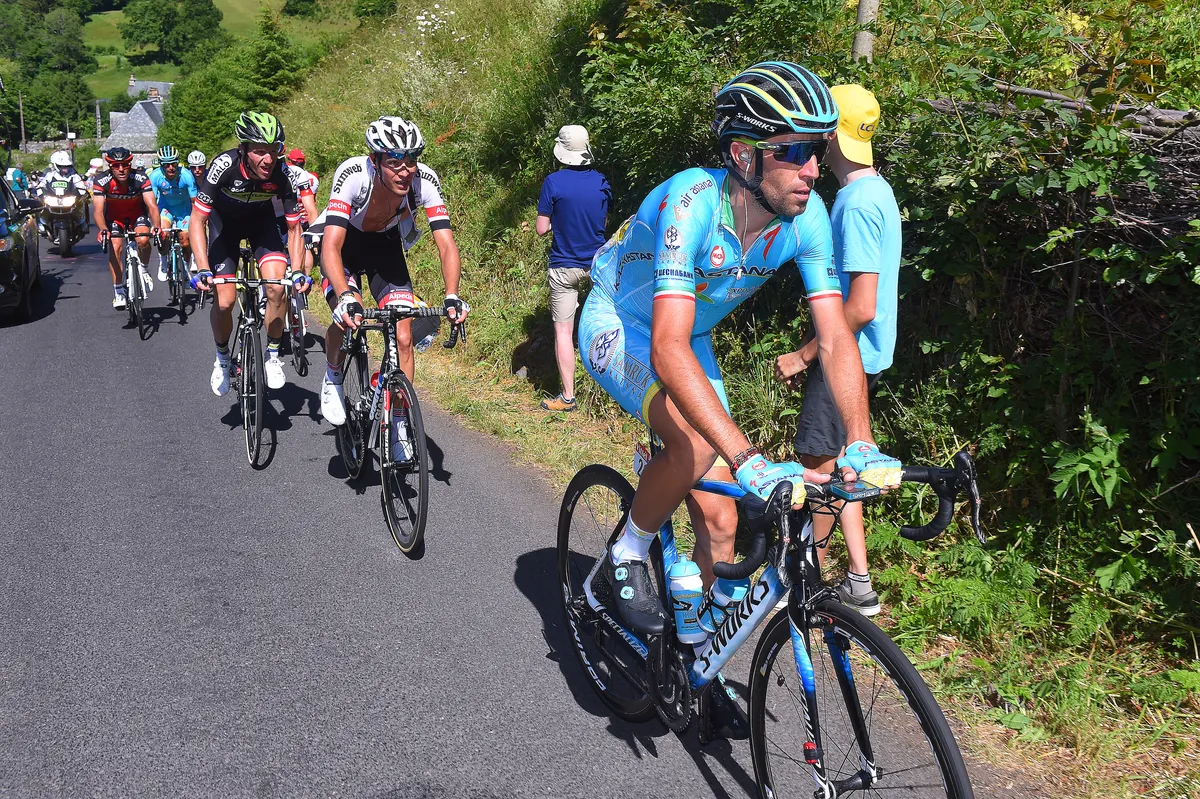
In a time dominated by dropped seatstays, aero-formed everything and total integration, I find myself bored senseless by the homogeneity of modern road bike design.
That last point is probably the key culprit for the remarkable sameness of pro bikes these days – in-house brands and proprietary components tie riders and teams to a very narrow selection of components, leaving little room for quirky customisation (though that seems to be changing, particularly in regards to wheels).
Seemingly hodge-podge builds largely died off with the end of the traditional triple triangle era and, as a professional bicycle tech nerd, I mourn the loss of this time.
For me, the Specialized Tarmac SL5 defines the latter part of that era and, in particular, I fondly remember Vincenzo Nibali’s 2016 Tour de France bike.
A full gallery of this bike was published just before I started working at BikeRadar – a time when I was studiously reading everything published on the site, earning it a special place in my heart.
With a mad kinda-naff-kinda-cool paint job, a full Campagnolo Super Record (mechanical!) 11-speed groupset, Corima S+ wheels and dreadful custom-painted FSA finishing kit, the bike is totally unlike anything we would see today, and just a few years later.
RIP, weird bikes of the Tour de France.
Marianne Vos’s 2019 Liv Langma Advanced SL
Helen Cousins | Operations manager
As a two-time winner of La Course, in 2014 and 2019, and undeniable GOAT of the sport, my pick would be Marianne Vos’s 2019 winning Liv Langma Advanced SL. At the time, it was Giant and Liv’s lightest frameset, making it a good option for the rather hilly La Course route that year, rather than the team’s aero EnviLiv Advanced option.
Starting and finishing in Pau, the five-lap 121km course featured four climbs of la Côte de Gelos and then finished on a steep 17 per cent ramp inside the final 500m.
Vos's Team CCC-Liv bike was built around SRAM’s RED AXS 12-speed wireless rim brake groupset, and this was the last season Vos raced on rim brakes, switching to discs for the 2020 season onwards.
Her bike also featured some lightweight Cadex wheels, which looked to be a Vos-only spec choice for the race, with the rest of the team riding Giant branded wheelsets.
A classic looking bike and one that's still impressing us; now with disc brakes, we recently scored the Liv Langma Advanced SL Disc 4.5 stars out of 5.
